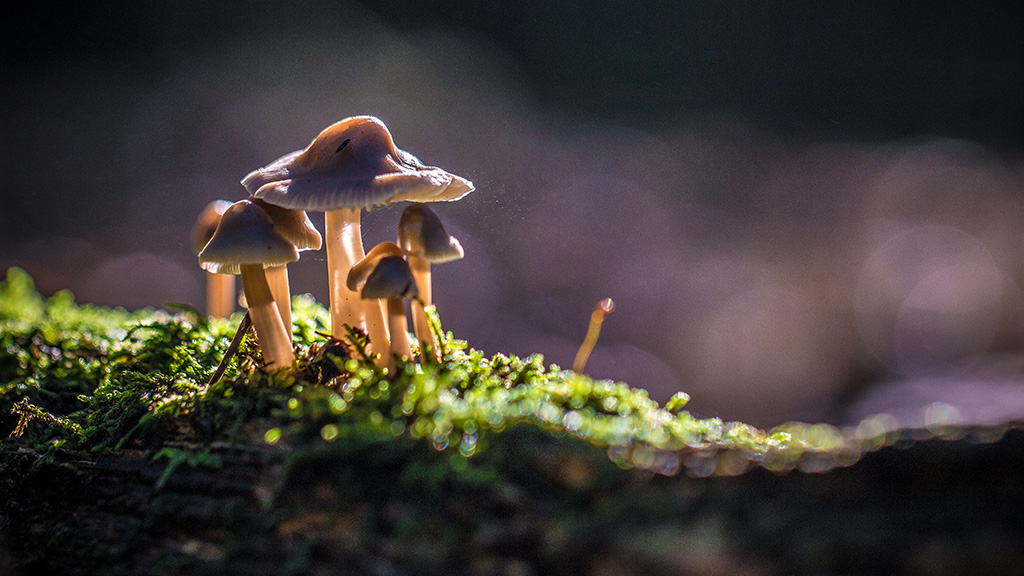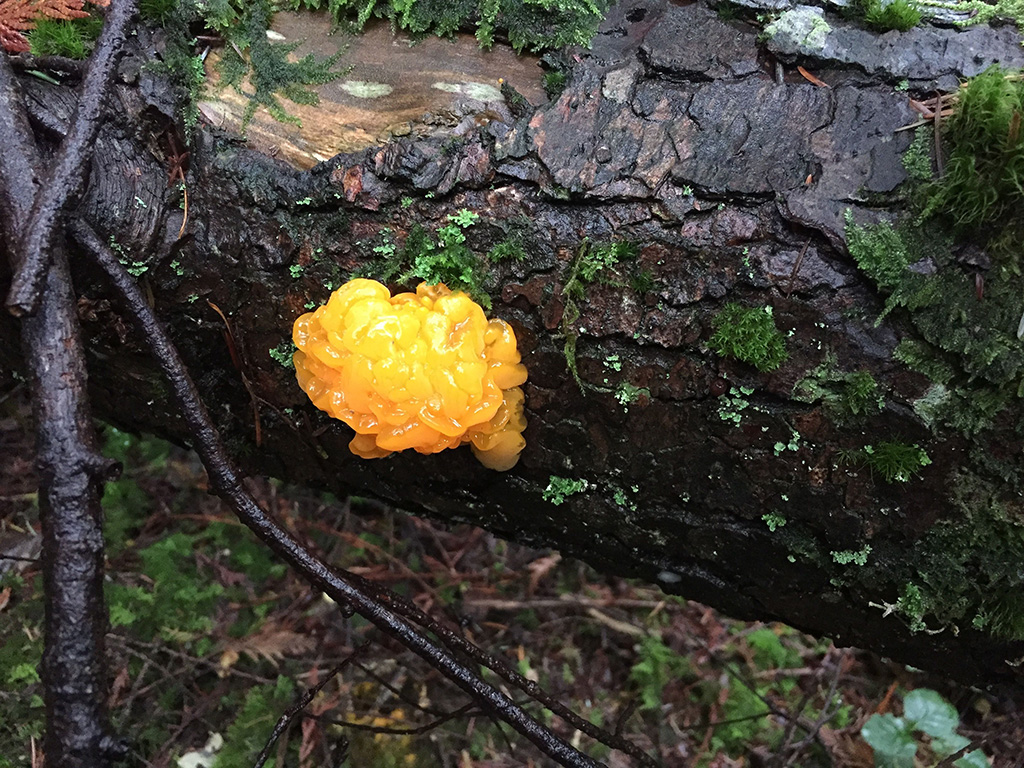Science
Related: About this forumWhat Do You Say to a Thinking Forest?
Why fungi are more sophisticated than we can imagine.
Crawford Kilian 6 May 2022TheTyee.ca

‘Mycorrhizal’ means fungus and root; all life on land has depended on this relationship for hundreds of millions of years, writes Crawford Kilian. Photo by Oranje Travel via Shutterstock.
For many years I’ve walked my dogs in our local park, a patch of second-growth timber that must have been clear cut a century ago. It’s a pleasant place, deliberately undeveloped except for a few boardwalks where the trails get muddy. I’ve enjoyed looking at the trees, ferns, huckleberries and salal, but it wasn’t until about 20 years ago that I actually saw a fungus there.
It was at the core of a split log, and nothing like a mushroom; it was white, almost translucent, and looked like ice. I realized it must be a fungus, and wondered what kind it might be. Perhaps a white coral, but I never saw it again.
But I began to see other fungi everywhere in the park: a couple of rotted stumps produce sulphur shelf fungi, and another stump is being patiently demolished by Hypholoma fasciculare, better known as wood-lovers or sulphur tufts. Orange jellies decorate countless fallen branches, and a patch of grass on the edge of the park sometimes erupts with the distinctive red caps of Amanita muscaria.
As a belated mycologist I’m terrible, but at least I realized that the fungi I was now staring at were just the fruiting bodies of the real organisms — a network of microscopic strands called hyphae that wound themselves into thicker strands called mycelium.

Orange jellies like these are seen growing on fallen branches in local parks and forests. What we can see are the tip of the proverbial iceberg: they’re fruiting bodies of complex organisms that some say carry their own consciousness. Photo by Crawford Kilian.
More:
https://thetyee.ca/Culture/2022/05/06/What-Do-You-Say-To-Thinking-Forest/
2naSalit
(92,732 posts)And thank it for what it has to offer me, then I enter.
Bayard
(24,145 posts)Now, there's a sentence to raise the hairs on the back of your neck.
![]()
Easterncedar
(3,532 posts)I’m reading that now. It’s amazing. We humans know nothing about the intelligence of our fellow earthlings.
Dark n Stormy Knight
(10,029 posts)I did the audiobook, and it was hard to absorb it all.
niyad
(119,950 posts)I just read the entire article. Interestingly, I was reminded of Starhawk's book, "Earth Path", which talked about those processes years ago.